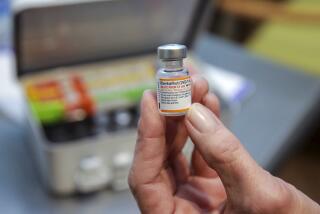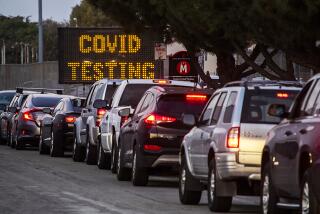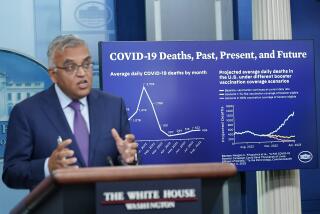How daily life in the U.S. will change as the coronavirus outbreak enters a new phase

Empty restaurants. Abandoned playgrounds. Schools shuttered for weeks.
If the United States experiences sustained spread of the new coronavirus, the daily lives of Americans could look significantly different from today.
For the record:
9:02 p.m. Feb. 29, 2020A previous version of this story misspelled the name of University of Wisconsin professor Dr. Jonathan Temte.
So far, the United States has 60 confirmed cases of COVID-19, the respiratory illness caused by the coronavirus. One of those patients has not traveled abroad recently or been in contact with anyone who did. How the patient became infected is a mystery.
That’s exactly the scenario that could transform the outbreak into a pandemic, health officials say.
“It’s not so much a question of if this will happen anymore but rather more a question of exactly when this will happen,” said Dr. Nancy Messonnier, director of the National Center for Immunization and Respiratory Diseases at the Centers for Disease Control and Prevention.
Messonnier and her CDC colleagues are asking Americans to start preparing for the myriad disruptions that may be headed their way.
“Disruption to everyday life may be severe,” she said. “These are things that people need to start thinking about now.”
The coronavirus has infected more than 82,000 people around the world and caused at least 2,810 deaths since it first surfaced in the Chinese city of Wuhan in December.
Scientists are still learning how the virus jumps from person to person, but they believe tiny viral particles can be embedded in the saliva droplets that infected people spread when they speak, cough or sneeze. If so, anyone within a six-foot radius could be exposed to the virus.

It is also possible the virus can survive on doorknobs, handrails and other surfaces that may be touched by thousands of people every day.
There are no medicines to fight the coronavirus, nor a vaccine to prevent infection. That means health officials hoping to contain COVID-19 must rely on measures designed to keep those who may be sick away from those who are not.
As a result, even people who aren’t infected will have to change the way they do everyday things, whether it’s conducting a business meeting or shopping for groceries.
Consider the scene in northern Italy, where 10 towns were on lockdown over the weekend after a cluster of coronavirus cases were reported in Codogno, about 40 miles southeast of Milan. The Italian government set up checkpoints in some of the towns to prevent people from entering and leaving, and buses and trains were told to bypass those communities.

Schools in Milan were closed for seven days. So were cathedrals, bars, nightclubs and theaters. The Venice Carnival was shut down early and professional soccer games were canceled or played at empty stadiums across the country.
Measures like these can put the brakes on a virus, said Dr. Abigail Carlson, an epidemiologist at Washington University School of Medicine in St. Louis.
“They don’t work 100%, but they do decrease the number of illnesses and the death rate,” she said.
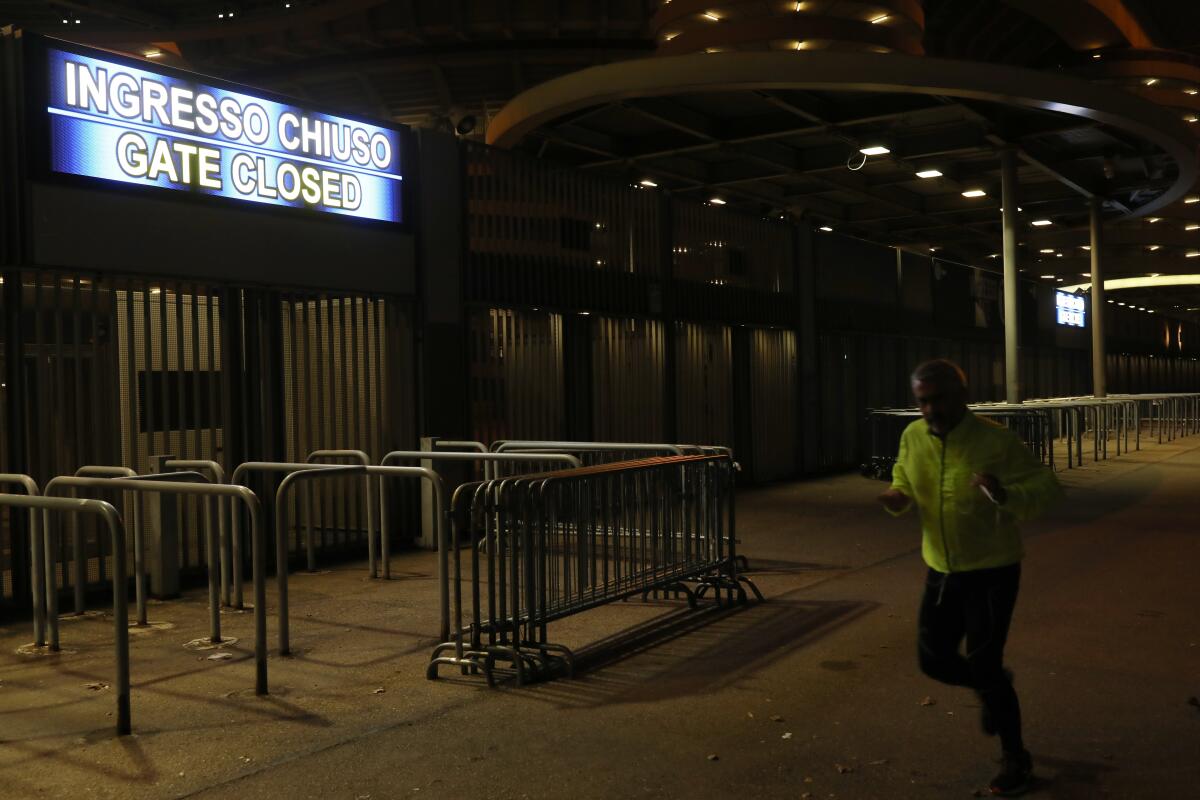
That’s reason enough to give them a try.
In the event of a local coronavirus outbreak, health officials may ask residents to quarantine themselves at home for 14 days if they have symptoms of COVID-19 or if they live with someone who has it. This would ensure that people who are infected — including the significant percentage who show no outward symptoms of the disease — can’t spread the virus to others.
For some people, this would mean telecommuting from home instead of going into the office. If that’s not an option, workers may need to take sick days or even unpaid time off.
In Japan, some companies have asked healthy employees to work from home so there’s no chance of their becoming infected by their co-workers.
Dr. Barbara Ferrer, director of the Los Angeles County Department of Public Health, said her team has been talking to local businesses about offering telework options in the event of an outbreak. Health officials have also been encouraging employers to loosen their rules about needing a doctor’s note to justify an extended absence.
“The most important strategy is for sick people to stay home,” she said. “It’s sick people who transmit infections.”
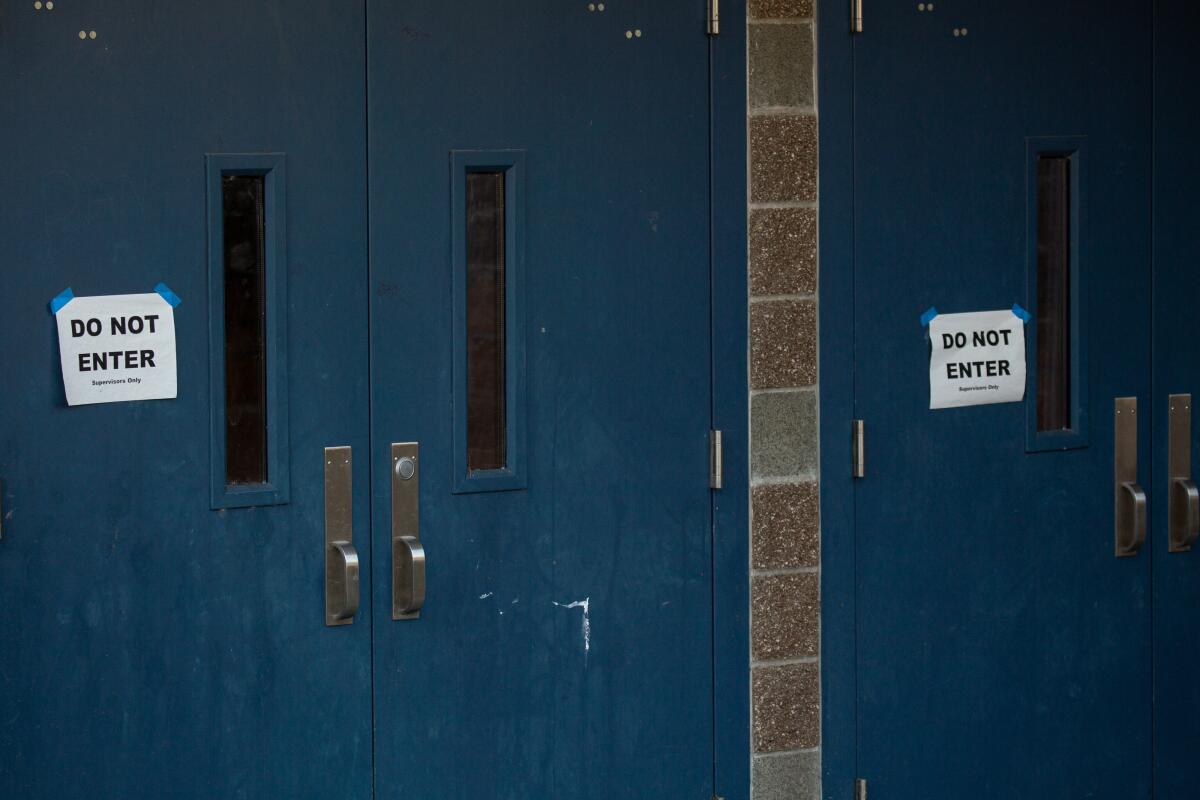
School closures may also force employees to work at home to care for their children. Like other enclosed areas where people gather in large groups, health experts expect schools to be hubs of coronavirus transmission, as they already are for scourges such as the flu and lice.
Some schools may be able to minimize the risk of contagion by dividing students into smaller groups. But in a severe epidemic, schools could be asked to close for a period of days or weeks, Messonnier said. (Japanese Prime Minister Shinzo Abe has called for elementary, junior and senior high schools in his country to begin their spring holiday several weeks early, which would leave them closed until April.)
People who are coronavirus-free would be advised to stay away from doctors’ offices, hospitals and other medical clinics where COVID-19 patients are likely to be, except in emergencies. That means postponing elective surgeries, Messonnier said.
The CDC also advises doctors to ramp up their telehealth services so patients can get care without exposing themselves to coronavirus patients.
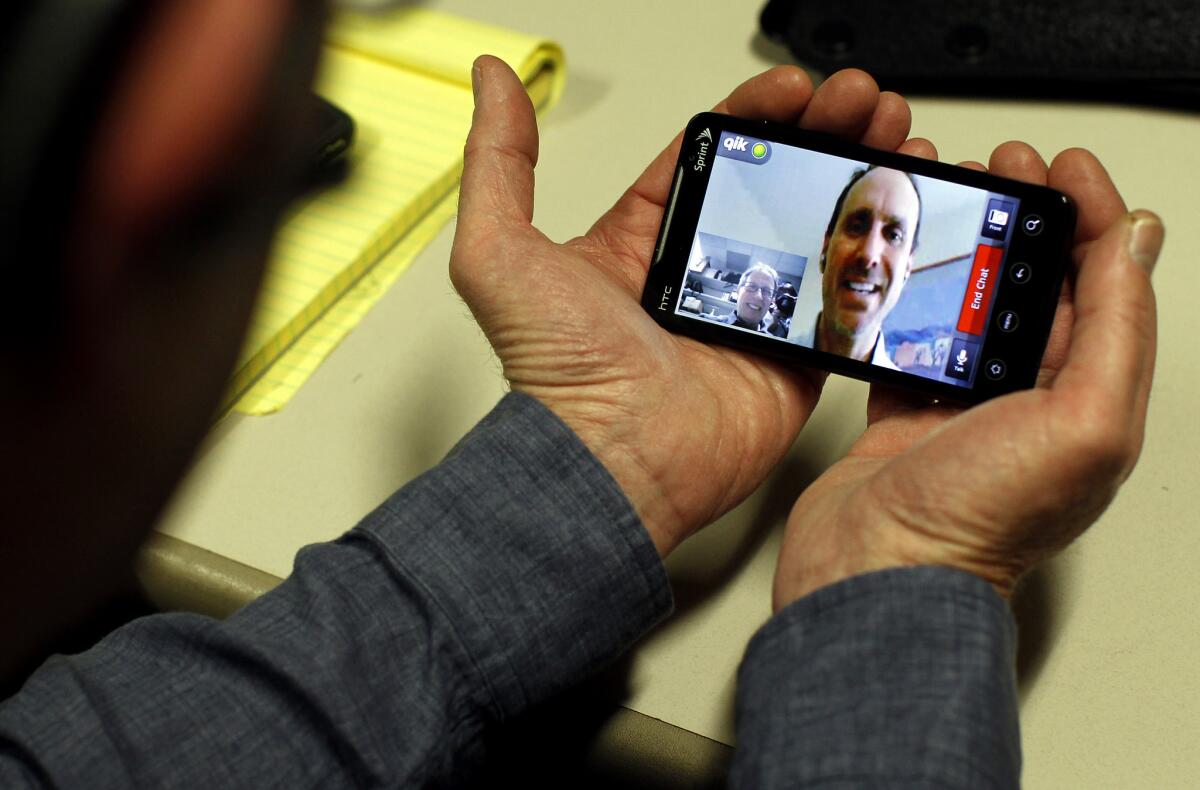
Measures like these won’t be required in every community. Rather, they’ll be rolled out in neighborhoods, towns or cities as the need arises.
“An outbreak is not going to happen simultaneously, everywhere,” said Dr. Jonathan Temte, who studies vaccinations and immunization policy at the University of Wisconsin-Madison.
Ultimately, the best way to protect yourself and others from the coronavirus is to follow basic hygiene protocols: Wash your hands frequently, cough into a tissue or your elbow and, perhaps most important, stay home even if you’re feeling just a little sick. Not only will this reduce your risk of catching COVID-19, it will also protect you from diseases such as influenza and the common cold.
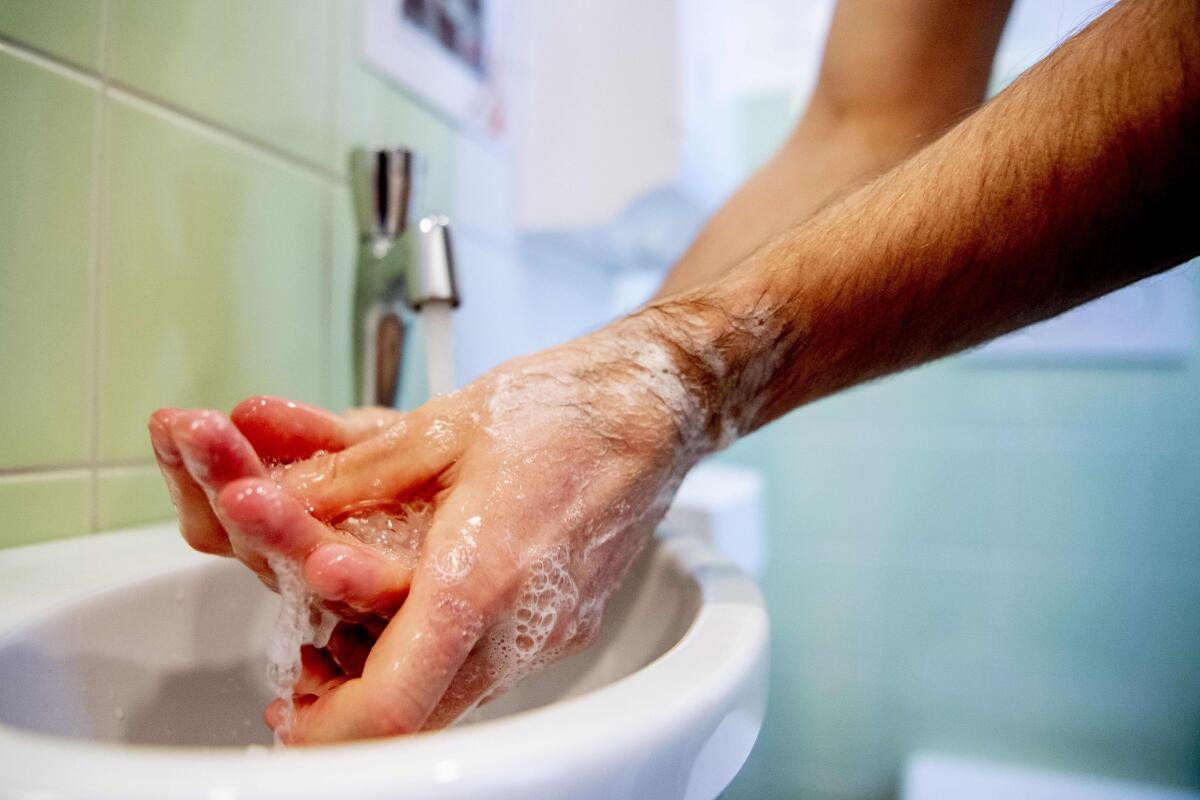
Messonnier conceded that for many people, planning for a coronavirus epidemic may be overwhelming and scary — and ultimately unnecessary. But being ready for the worst is better than being caught off guard.
“I continue to hope that in the end we will look back and feel like we were overprepared,” she said.
